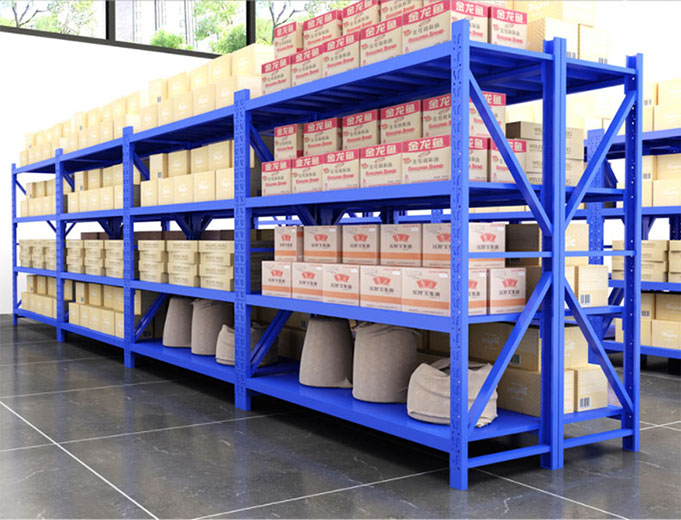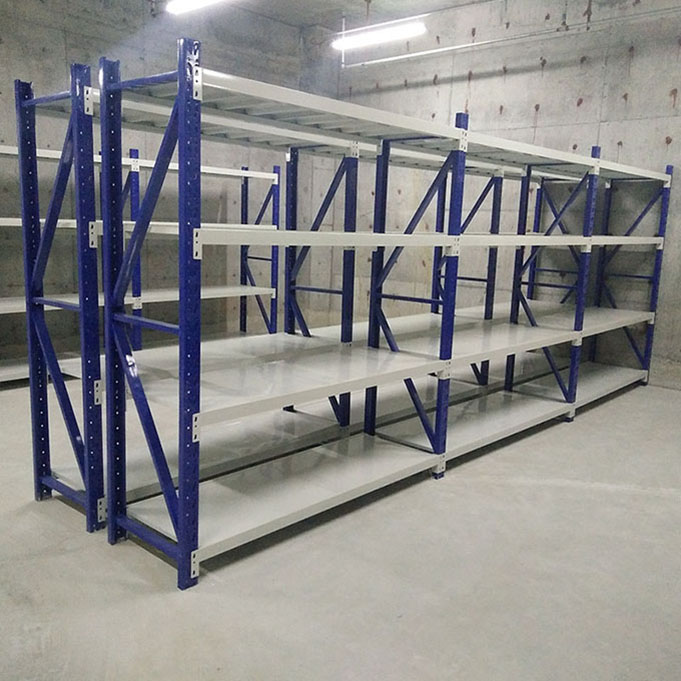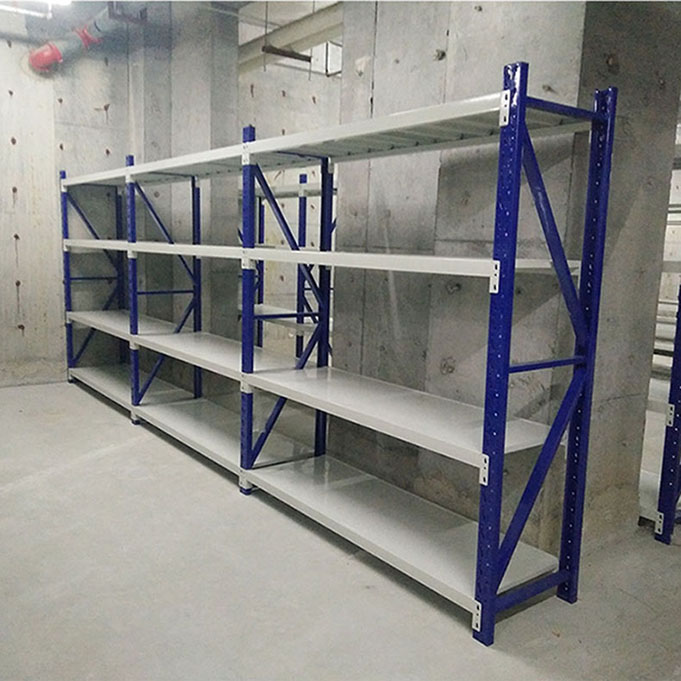The common notebooks in life are 32 different, 36 open, 48 open, 72 open, 100 open, 128 open, and various other specifications. There are straight notebooks and horizontal notebooks. The outer packaging materials of the notebook are plastic skin, artificial leather, imitation leather plastic, whiteboard paper, etc. The inner core is 60 to 80 g/m2 of grid printing and writing paper.
In the process of printing and binding, firstly, according to the samples provided by the printing customer, carefully analyze the size of the finished product and the number of blanks to be printed, and figure out the colors printed on the inner core. The inner core bars have different colors such as black, medium gray, green, blue, brown, etc., and there are also no color bars. Only the writing of the bars is required. At the same time, some core bars are solid lines, and some are dotted lines or dotted lines. When making a printed product such as a notebook, note the following points:
1. The internal whiteness, smoothness, evenness, surface strength and other indicators of the core paper must meet the quality requirements, in particular, the paper cannot be stained by water. Writing pens with a messy writing pad cannot be used as a notebook core.
2. The inner core grid is clearly imprinted, free of oil, clean and tidy. The positive and negative overprinting of the notebook should be accurate and the error should not be too large; the position of the head should be larger, the position of the foot should be slightly smaller, and it should look only comfortable; the position of the mouth should be smaller, and the position should be smaller. The location of the incision is more appropriate.
3. The binding method of the notebook is generally a hardcover lock line. Whether it is the sewing machine sewing line, or hand-sewing, we must pay attention to the size of the pull force when the lock line. When sewing the thread, the thread should be as tight as possible to avoid the phenomenon of loose pages, page breaks, and irregularities caused by the notebook being too loose and not compact.
Under normal circumstances, the notebook core is 200 pages (100 positive and negative sides), 20 pages into a stack, the inner core is roughly divided into 10 overlapping lines, and then stitched together to make a notebook. Most notebook cores use 60 to 80 g/m2 of writing paper. If the paper is thick and there are too many pages per stack, there will be irregularities in the positioning and cutting of the inner core grid. Qi, left and right dislocations, so sub-10 overlapping lines and sewing comparison.
In the production of notebooks, users often only provide samples, in most cases, the sample is the conventional size, but some are unconventional, regardless of the size of the notebook can be produced. First of all, it is necessary to find out the size of the finished notebook and the size of the inner core grid. When making the imposition table paper, note that in addition to the net size, the external cutting incision, sky head, and footing must be drawn on the imposition table. Paper, but also to the size of the finished product plus 3 ~ 4mm wool size. In addition, according to the offset type imposition table paper, if the notebook is used to print on the boot to draw a piece of split-type desk paper. The imposition of table paper is to be symmetric, and it can be used to make impositions and refurbishments. The second is to consider paper-saving materials, careful planning, and clever arrangements to reduce unnecessary paper waste.
5. The inner core cover of the notebook is a whiteboard paper veneer of 250-300g/m2 on both the upper and lower sides. Its function is to enhance the hardness of the plastic cover and make it stiff. The spine is affixed with a layer of soft kraft paper to minimize the dimensional errors and cuts. It must be noted that when making notebooks, it cannot be blindly cut without the plastic cover having no color printing, hot stamping or heat-sealing plastic molding. The exact size of the inner core of the notebook must be determined according to the finished size of the plastic skin. The finished size of the inner core should generally be about 2mm smaller than the plastic cover. The best way is to cut a few inserts into the plastic cover to try the tightness, width and width of the appropriate degree, the size of the inner core and notebook plastic cover coordinating the appropriate, in order to carry out large quantities of finished cutting.
Source: "Printing Technology"


